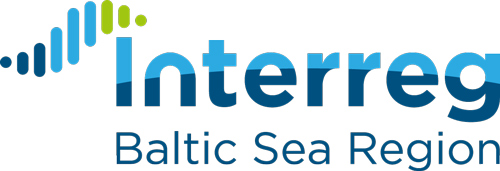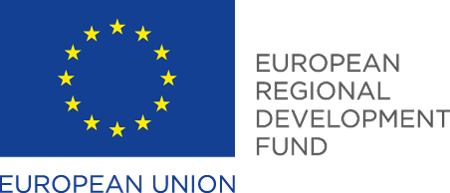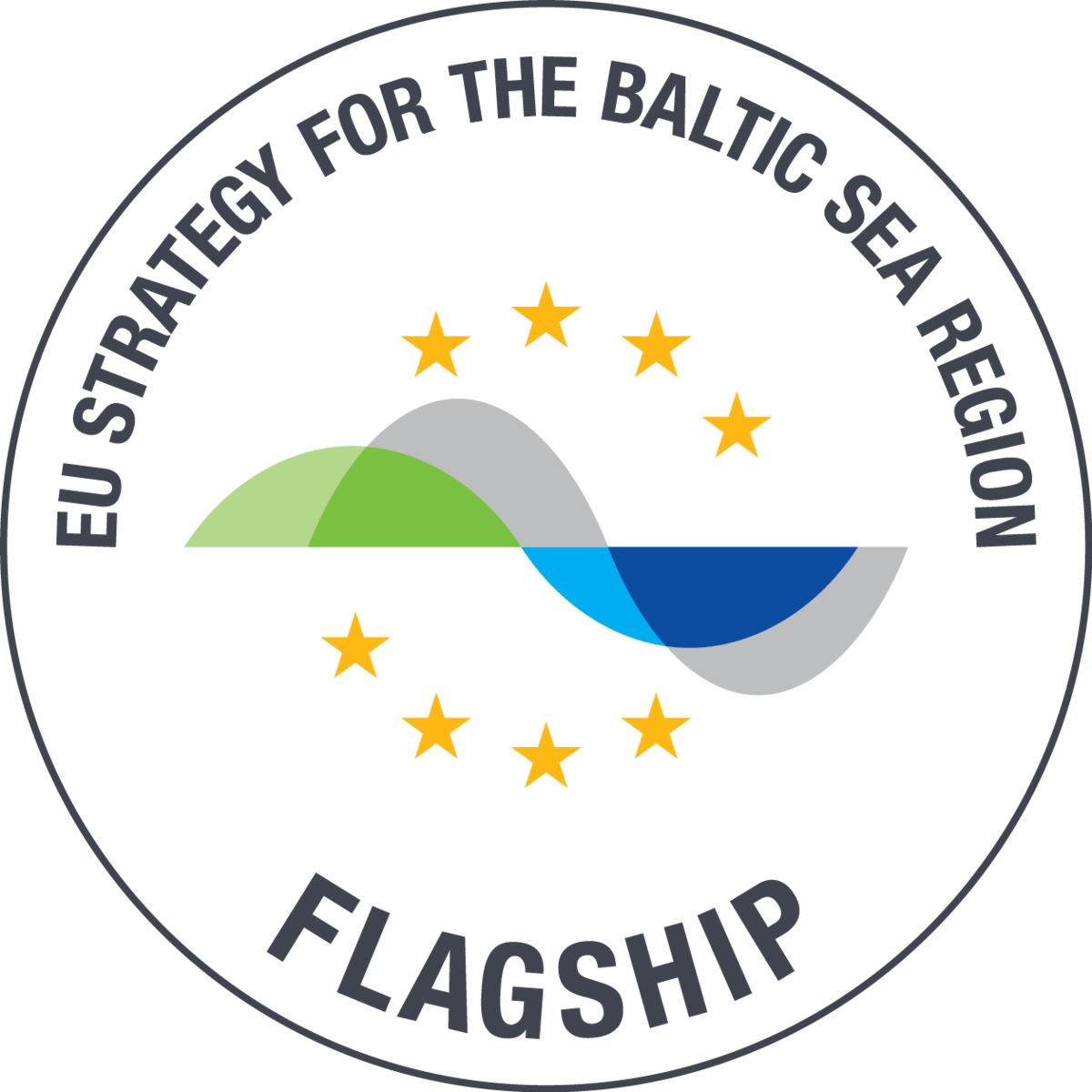





Biobord is an online platform for bioeconomy developers. Biobord welcomes all who are interested in networking, finding people with shared interests, and sharing knowledge and ideas on the development of sustainable bioeconomy business.
Biobord is a place for:
Biobord platform is a home for the Biobord network that connects regions specialized in bioeconomy across the Baltic Sea. Explore our partnership from the Network map – and study the innovation services offered by our partners from the Services catalogue.
The heart of our joint activities is the Forum where our partners work together with each other and their extended networks. Forum offers open discussion areas for regional and international networking as well as closed areas for Biobord Network and project-based groups.
Explore our Open Biobord Forum for matchmaking and networking – Our Biobord Contact Points will help you get started.
The power of the Biobord Network is now in your hands. Find connections, team-up and get support for developing your idea further.
Join our community and register today!

